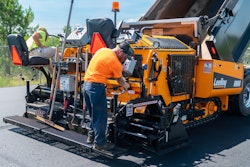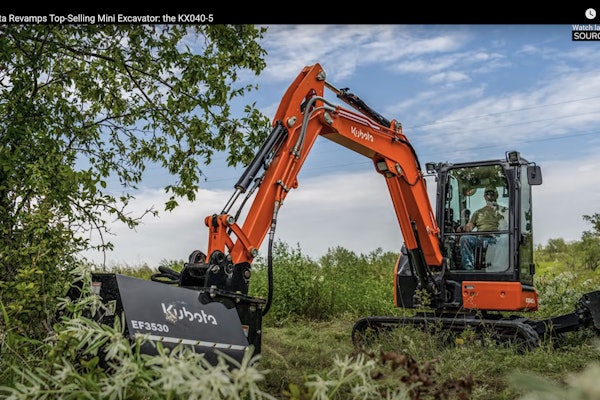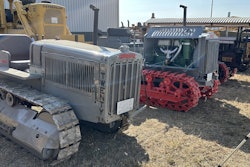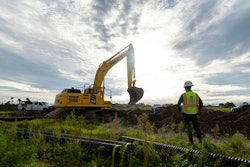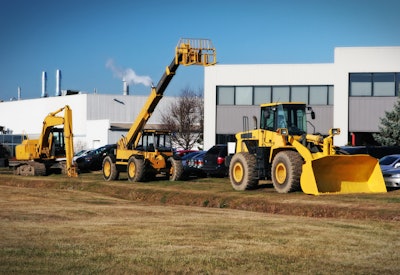
For decades, dealerships have dominated the service and repair sector for heavy equipment.
But today, independent third-party service companies are gaining ground – offering fast response times, flexibility and a customer-friendly approach. In this article, I take a look at what’s fueling this growth, and why these non-dealer providers are becoming popular with some equipment owners.
Why are Independent Service Providers Gaining Traction?
- Speed & Efficiency – In the world of heavy equipment, downtime means lost revenue. Many dealerships struggle to keep up with demand, often bogged down by bureaucratic processes and long lead times. Independent service providers, on the other hand, can operate with leaner teams and streamlined workflows, allowing them to respond quickly to reduce equipment downtime.
- Competitive Pricing with Lower Overhead – Without the massive overhead costs that dealerships carry, third-party service companies can offer competitive pricing, passing cost savings directly to the customer while maintaining healthy profit margins.
- OEM Warranties & Evolving Repair Access – While manufacturers still control warranty work and proprietary software, the right-to-repair movement is changing the game. Independent service providers are gaining access to advanced diagnostics, OEM parts and specialized training.
- Specialization & Flexibility – Unlike dealerships that must service an entire product lineup, many independent shops specialize in specific brands, components or service types. This focus allows them to increase service efficiency.
- Mobile Service & Advanced Tech Integration – The rise of mobile technicians and AI-driven diagnostics has revolutionized the industry. Many third-party service companies are bringing repairs directly to the customer, reducing downtime and increasing convenience.
What does This Means for Dealerships?
This shift isn’t just a passing trend. It’s a fundamental transformation in the service industry. For dealerships to remain competitive, they must adapt by:
- Expanding mobile service capabilities.
- Investing in AI-driven diagnostics, telematics and remote monitoring.
- Improving technician availability and scheduling efficiency.
- Rethinking service contracts and overall customer experience.
The Bottom Line
Construction equipment owners demand speed, value and efficiency, and if dealerships can’t provide it, third-party service companies will. The landscape is changing, and adaptation is no longer optional.




